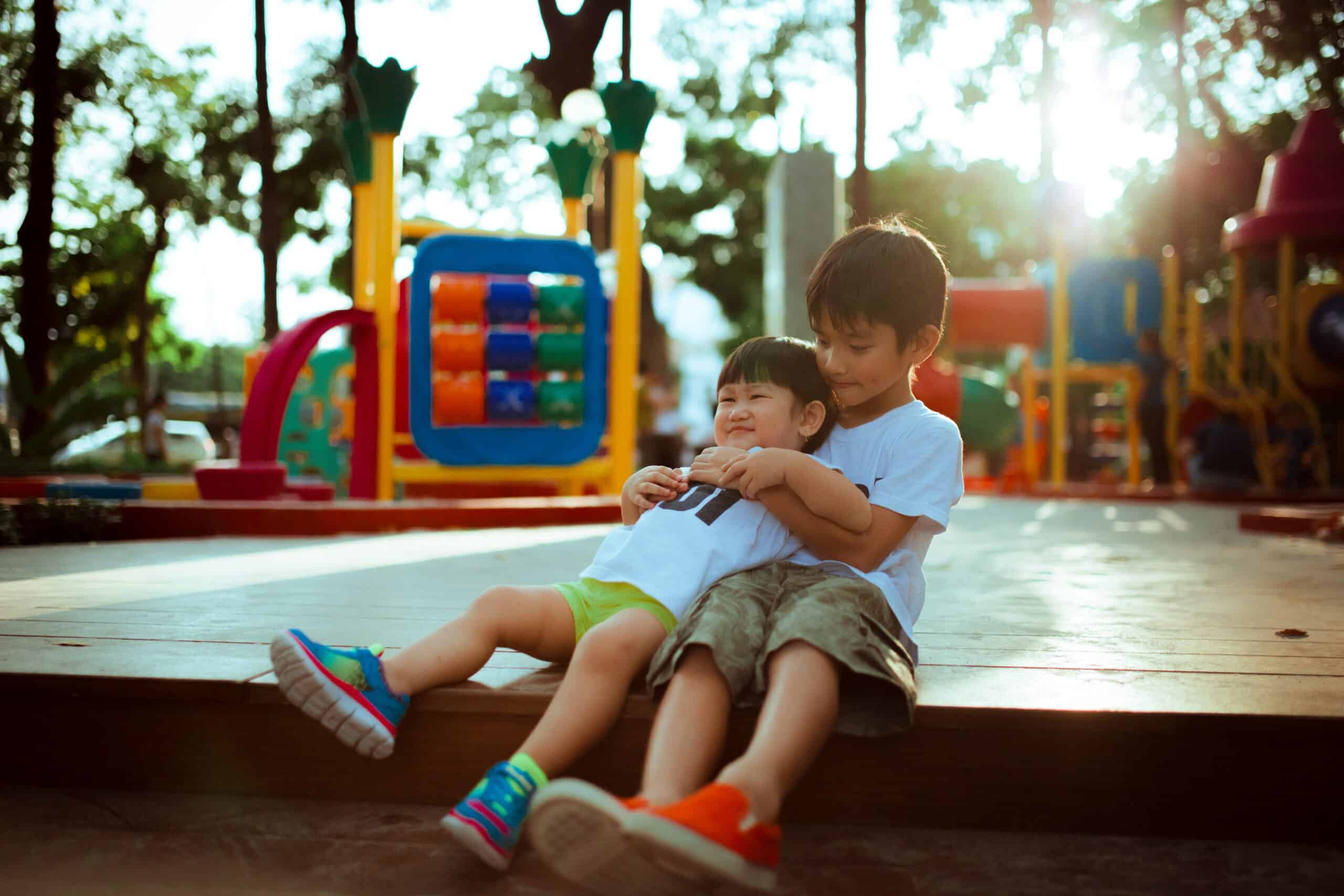
Teaching Gratitude and Empathy to Young Children
Appreciation of other people’s kindness and humility towards other ways of thinking holds tremendous power to influence the way a child relates to the world. Two of the finest abilities one can possibly develop, empathy and gratitude, aren’t learned overnight—their cultivation is something that requires time and patient nurturing. For caregivers, parents, and teachers, they are key to building relations and emotional sensitivity in a child.
This blog explores why gratitude and empathy matter, the lasting benefits they provide, and actionable ways to teach these values to young minds. By the end, you’ll be equipped with strategies and insights to guide children toward becoming kind, compassionate individuals who appreciate the little (and big) things in life.
Why Are Gratitude and Empathy Crucial?
Appreciation and sympathy are the foundation of emotional and social growth. Appreciation causes children to notice what they have, rather than what they lack, and that satisfies them and gives them a good feeling. Sympathy, on the other hand, helps them to feel for others and sympathize with them, and that door swings very wide open for genuine relationships.
Gratitude Fosters Happiness and Resilience
Experiments have shown that practice of gratitude can lead to increased happiness and reduced anxiety levels, even in children. Children who are taught to observe the little things or moments have optimistic outlooks in life. Gratitude not only does them good psychologically—it does them good physically as well. A happy child, free from jealousy and negative thoughts, is less tense and better able to cope with challenges.
Empathy is the Glue of Relationships
Empathy is a social bridge that brings children together. Empathy enables them to know others’ feelings, understand how to respond, and be closer to one another. It can bring less conflict and more communication throughout childhood and adulthood.
Where empathy and gratitude come together, they give children an invaluable tool to comprehend the nuance of human connection—deep abilities that they will retain in adulthood. Yet, how are caregivers best to encourage these skills?
How to Develop Gratitude in Daily Situations
Even as gratitude might be a abstract concept for small children, connecting it to every day makes it tangible and applied.
Begin with Basic “Thank Yous”
As simple as it is, teaching a child to say “thank you” has a huge impact in the long run. Teach them to make eye contact with others, smile, and express their gratitude when the time is right. Model this behavior yourself to reinforce it. Children learn more through observation than from direct instruction.
Create a Gratitude Practice
A gratitude routine can be an engaging and creative activity for children. Make sure to keep a jar in the home where kids write what they are grateful for and add it to the jar. It’s a good method of retaining the time spent between the family along with brothers and sisters and parents, who also can undertake the task.
Gratitude journals actually do work. Adapt the activity so that children write or draw three bests of the day before bedtime. Small triumphs, such as having some sunshine at recess or cookies with friends, help to build thinking minds.
Identify Acts of Kindness
When a person does something positive, stop and talk to your child. Did the classmate offer his/her snack in the playground? Did the teacher go the extra mile to assist a student? Acknowledge these acts and tell your child how expressing thanks can bring individuals closer.
Show Gratitude by Giving Back
Giving is an excellent way to learn about thankfulness. Volunteer in community service, whether it is donating toys to those in need, baking cookies for a neighbor, or volunteering as a family. These activities help children understand their place while observing what others may be without.
Fostering Empathy Through Connection
Empathy begins with a sensitivity to other human beings’ feelings and perspectives. Children are naturally curious—this curiosity is a good beginning point for acquiring empathy if channeled positively.
Encourage Role-Play and Storytelling
Role-playing is an excellent tool to get the children to walk a mile in another’s shoes. Role-play with them at playtime—play a grumpy classmate or a sibling who lost the favorite toy. Make them describe how they would feel if they were in that scenario and elicit reflective responses.
Books are also a key element. Through their characters, stories allow children to experience a varied emotional weather. At the close of reading, ask questions such as, “Why do you think the character felt that way?” or “What might they have done differently to assist?”
Recognize and Label Feelings
When the child is strongly feeling—happiness, frustration, or sadness—talk about it. Name it and tell them how it feels. When they see others feeling emotion (e.g., a crying friend or a laughing brother), talk about what may be behind the feelings as well. This develops intuitive emotional cues.
Encourage Interactions with Diverse Groups
Exposure to diversity is a great empathy builder. Plan playdates or outings with kids of a different economic or cultural background. Engage with them on the diversity in their life and make them comprehend.
Practice Active Listening
Empathy begins with conversation. Young people can learn from teachers how to be in their heads and hearts while in conversation—to watch them, to listen carefully and not interrupt, and to speak fully. All of these skills will take awhile to learn but are the paths to life-long relationships.
The Role of Caregivers in Guiding Values
The world children come up in defines how they perceive the world and others. You, as a parent, teacher, or caregiver, have a responsibility not only to teach children directly about gratitude and empathy, but also to demonstrate these in your own actions.
Make Gratitude a Family Tradition
Consistency is key. Integrate expressions of gratitude into daily routines. Start meals by naming something you’re grateful for, or end the day by reflecting on positive moments as a family. Children will view gratitude not as an obligation, but as a natural part of life.
Respond Empathetically to Mistakes
When a child makes a mistake—either on purpose or by accident—guide them through it with empathy. Instead of the punishment, take the time to show them how their actions impacted others and how they can handle it differently the next time.
Celebrate the Journey, Not Just the Outcome
Where success is achieved, be sure to note it, but never omit mentioning the effort, the kindness, and the persistence involved. Children are to be commended when they show empathy for others or observe them with acts of gratitude. Positives breed these naturally.
Gratitude and Empathy Aren’t Just Learned—They’re Lived
It requires work of consciousness to get kids to be grateful and empathetic, but the return is for a lifetime. In addition to making people happier, these kinds of characteristics make communities more decent and more intimate relationships.
As a garden, these traits need to be nurtured and watered so that they may flower. Parents and caregivers are the gardeners, establishing the environment and equipment in which children can grow emotionally. By living ourselves, expressing thankfulness and kindness on a daily basis, and reaping rewards, we can bestow upon the next generation the strength to be a kinder and more empathetic human.
Ready to find out more ammo on raising emotionally intelligent children? Check out reputable parenting sites like Common Sense Media and Parenting Science for more information.


